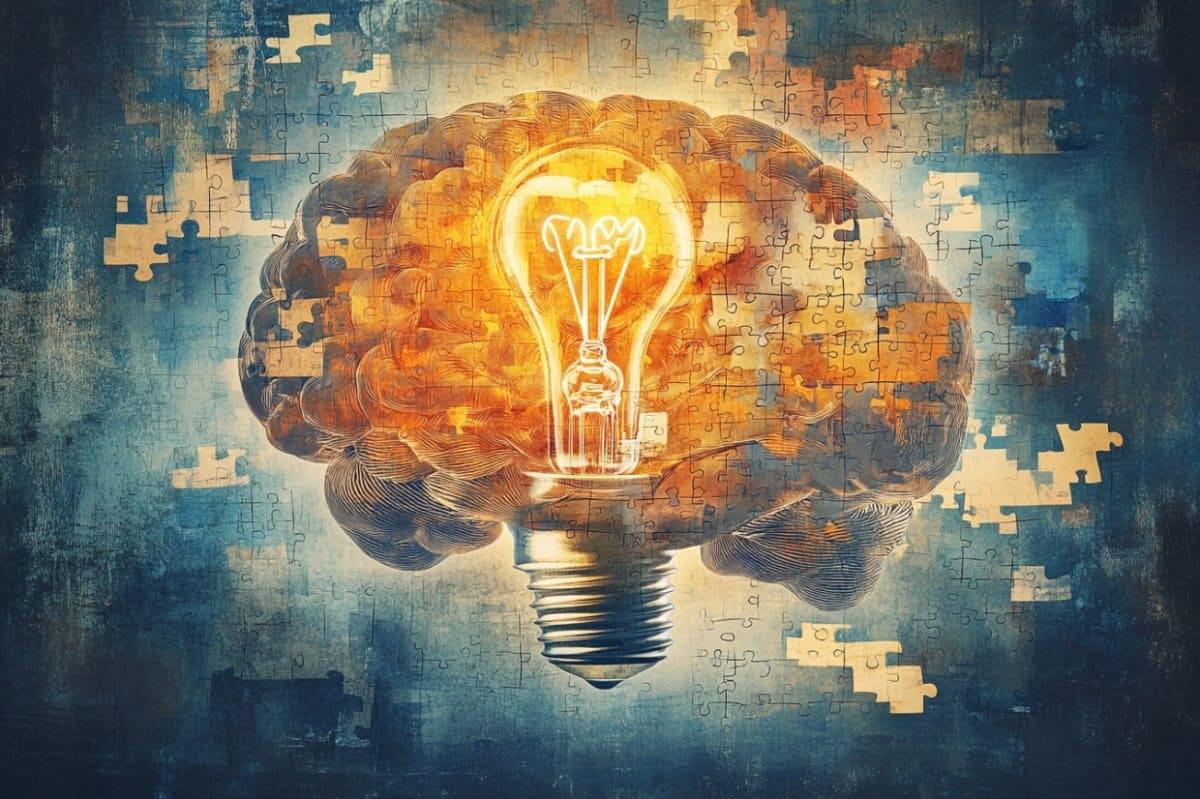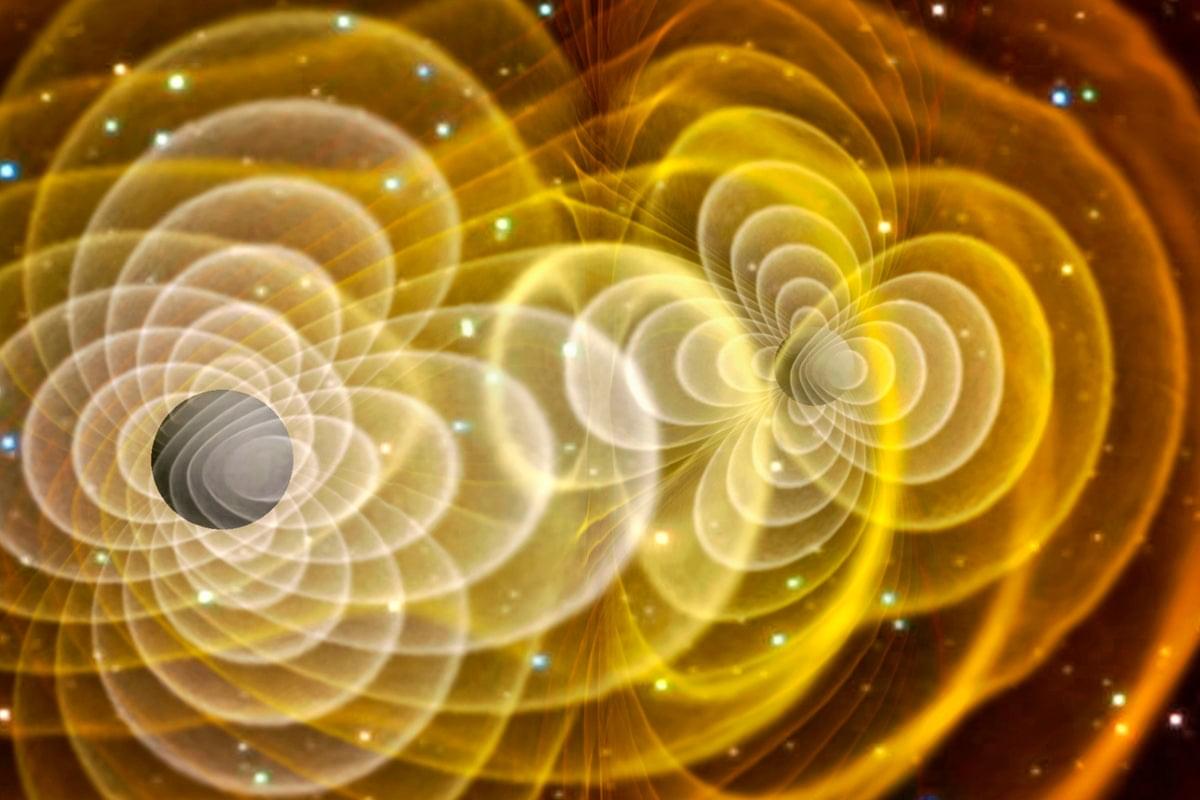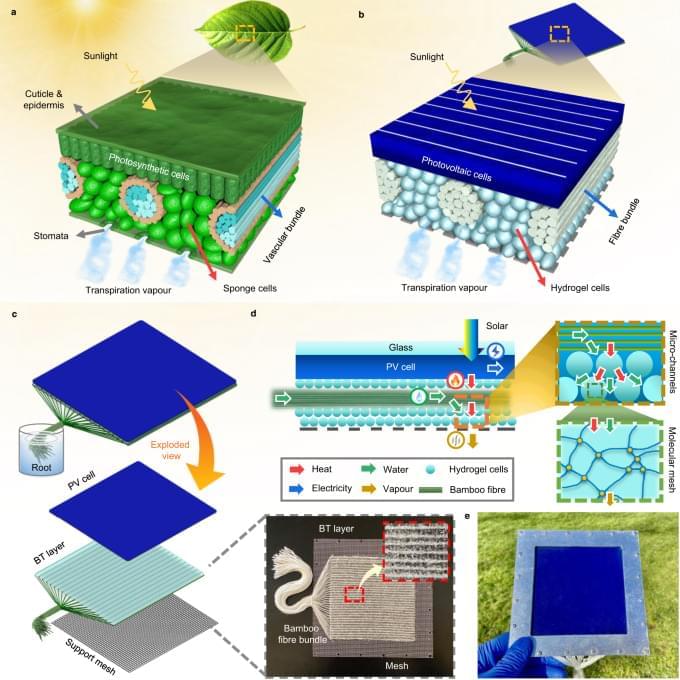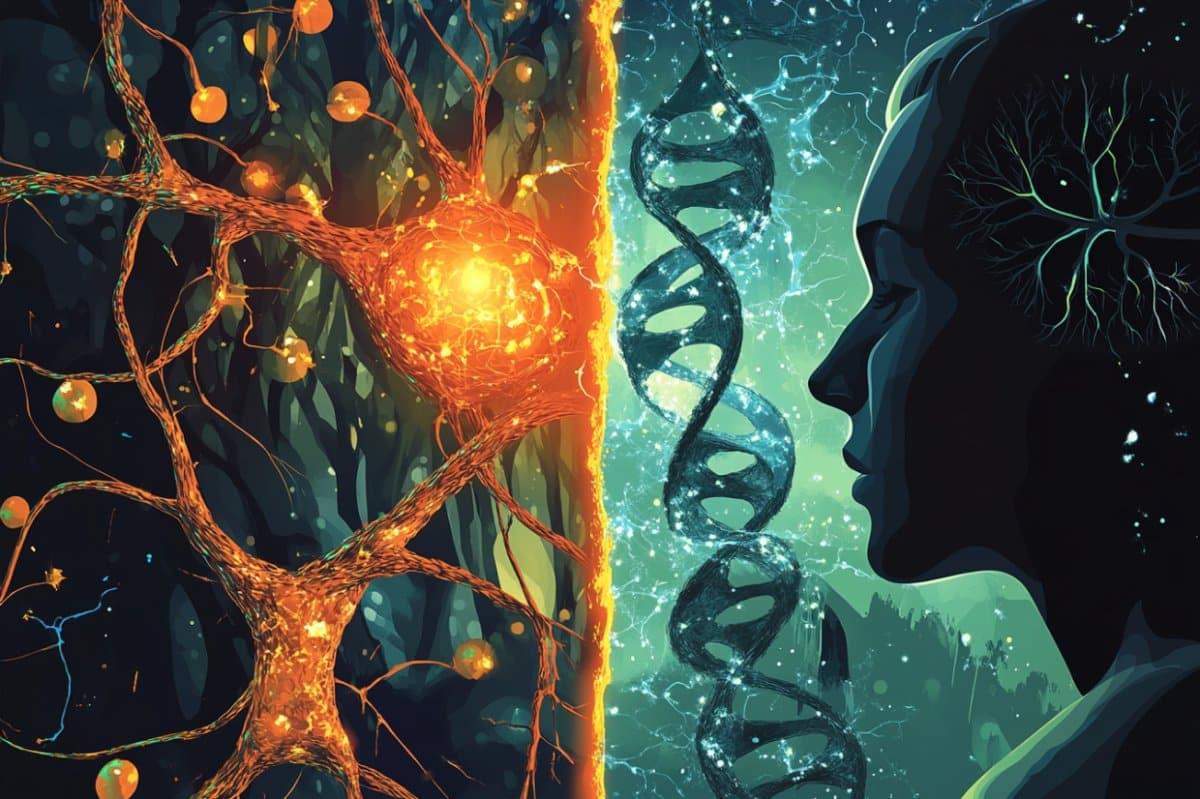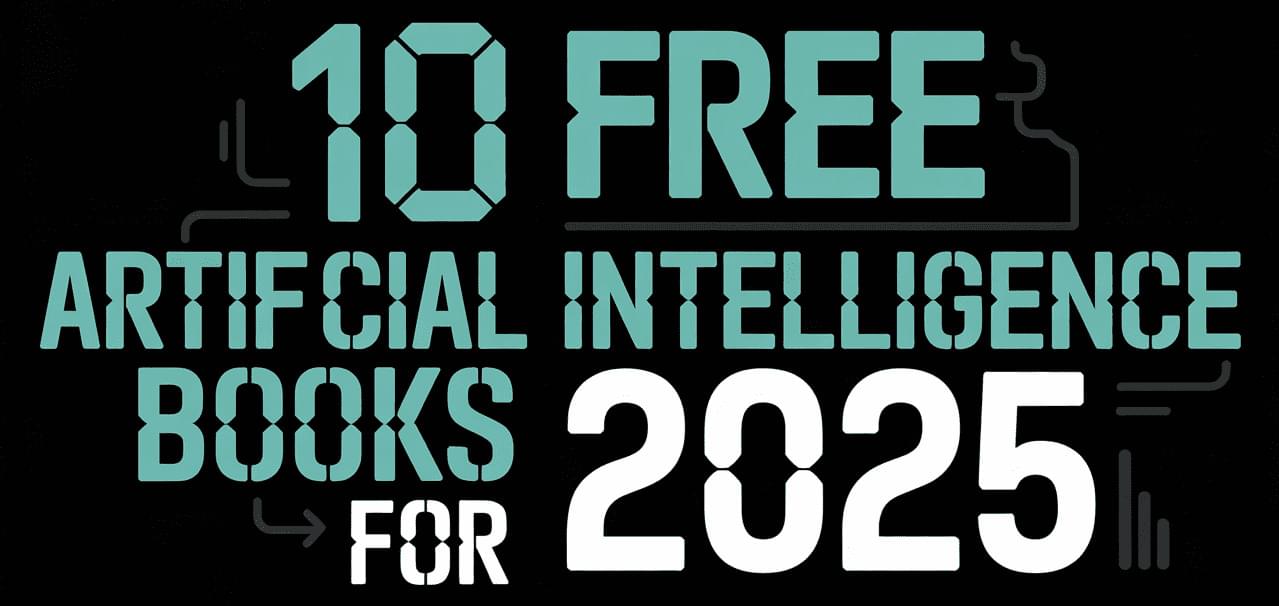Scientists inspired by the octopus’s nervous system have developed a robot that can decide how to move or grip objects by sensing its environment.
The team from the University of Bristol’s Faculty of Science and Engineering designed a simple yet smart robot which uses fluid flows of air or water to coordinate suction and movement as octopuses do with hundreds of suckers and multiple arms.
The study, published in the journal Science Robotics, shows how a soft robot can use suction flow not just to stick to things, but also to sense its environment and control its own actions—just like an octopus.

